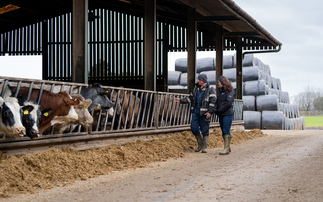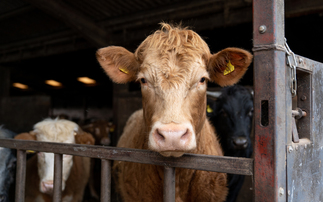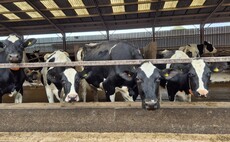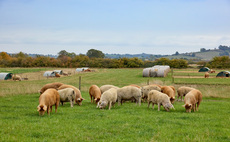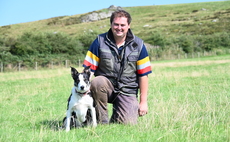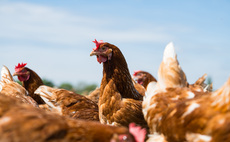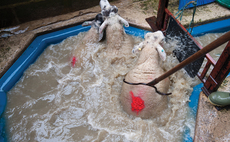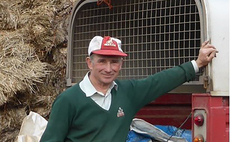Lifecycle of the gutworm Both Ostertagia and Cooperia have a direct life cycle, with no intermediate host. Adult worms living in the gut lay eggs which are passed out in the dung. Eggs hatch within the dungpat and develop into infective larvae. Larvae can exist for several months on pasture, ready to infect grazing animals. Once eaten, infective Cooperia larvae develop into adults within three weeks. Ostertagia larvae complete their development to adults within the wall of the abomasum, and can remain in this encysted state for prolonged periods of time.
This means that whilst they typically complete their development from infective larvae to adult worms in three weeks, it can take longer. Youngstock between 6-18 months of age are most susceptible to infection, either developing clinical signs or suffering reduced growth rates. Effective immunity can take up to two grazing seasons to develop. This immunity protects against clinical disease, but animals will continue to carry small numbers of adult worms, and shed low levels of eggs onto pasture, which will contribute to the challenge faced by co-grazing youngstock.
��






